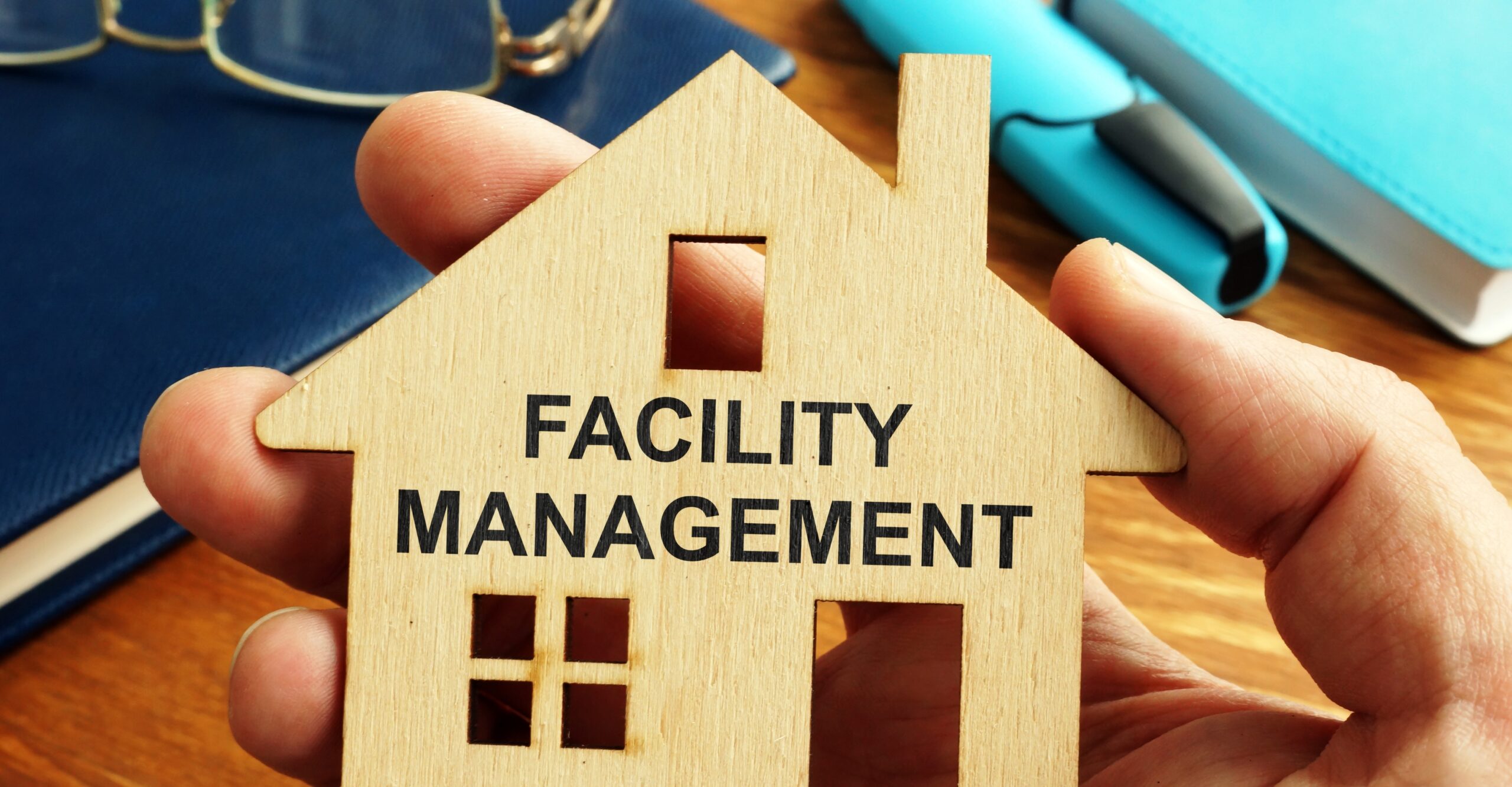
The Key to Efficient Facilities Management: A Comprehensive Guide
In today’s fast-paced world, efficient facilities management is essential for businesses and organizations to thrive. From maintaining a safe and comfortable working environment to optimizing operational costs, the role of facilities management cannot be underestimated. In this comprehensive guide, we will delve into the intricacies of facilities management and explore how it impacts businesses and organizations. So, let’s embark on this journey to discover the keys to effective facilities management.
Facilities management is the art and science of managing buildings and their surroundings to create an optimal, safe, and efficient environment for people and organizations. It encompasses a wide range of activities and services that are crucial for the functioning of any facility, be it a corporate office, a healthcare institution, or an educational campus.
What is Facilities Management?
Facilities management, often abbreviated as FM, encompasses a plethora of services and tasks aimed at ensuring the functionality, comfort, safety, and efficiency of a facility. This includes everything from routine maintenance and repairs to space planning, health and safety compliance, and sustainability initiatives.
The Importance of Facilities Management
Efficient facilities management plays a pivotal role in the success of businesses and organizations. It directly impacts the well-being of employees, the productivity of operations, and the bottom line. Let’s explore why facilities management is of paramount importance.
The Role of a Facilities Manager
At the heart of facilities management is the facilities manager, a key figure responsible for overseeing all aspects of a facility’s operation. They are the driving force behind ensuring that a facility runs smoothly and efficiently. Their role is multifaceted, involving strategic planning, budgeting, and day-to-day operational decisions.
Key Elements of Facilities Management
1. Maintenance and Repairs
Regular maintenance and timely repairs are the backbone of facilities management. Neglecting these tasks can lead to costly downtime and safety hazards.
2. Space Management
Efficient space management optimizes the use of available space, contributing to a more productive and comfortable environment.
3. Health and Safety Compliance
Ensuring that a facility complies with health and safety regulations is not only a legal requirement but also a moral obligation.
4. Sustainability Initiatives
Sustainability is a growing concern, and facilities management plays a pivotal role in reducing a facility’s environmental footprint.
Benefits of Efficient Facilities Management
1. Cost Savings
Properly managed facilities can lead to significant cost savings by minimizing downtime and reducing energy consumption.
2. Enhanced Productivity
A well-maintained and comfortable environment fosters higher employee productivity and satisfaction.
3. Improved Employee Satisfaction
Employees who work in a safe and well-maintained environment are happier and more engaged.
4. Environmental Responsibility
Facilities management can contribute to a company’s commitment to sustainability and environmental responsibility.
Challenges in Facilities Management
While the benefits are clear, facilities management also comes with its fair share of challenges, including budget constraints, regulatory changes, and evolving technology.
Best Practices in Facilities Management
To overcome these challenges and excel in facilities management, adopting best practices is crucial. These practices include preventive maintenance, data-driven decision-making, and strategic planning.
Technology’s Role in Facilities Management
Technology is revolutionizing facilities management, with the advent of IoT devices, predictive analytics, and facility management software.
Future Trends in Facilities Management
The future of facilities management is evolving rapidly, with trends such as remote monitoring, green building initiatives, and the integration of AI on the horizon.
Case Studies: Successful Facilities Management
Let’s explore real-world examples of successful facilities management in corporate offices, educational institutions, and healthcare facilities.
Hiring a Facilities Management Company
Businesses can choose to handle facilities management in-house or outsource it to a professional company. We’ll weigh the pros and cons of each approach.
DIY vs. Outsourcing
Deciding whether to manage facilities internally or outsource it is a critical decision that requires careful consideration.
Measuring Facilities Management Success
How can you measure the success of your facilities management efforts? Key performance indicators (KPIs) and benchmarks play a vital role. Effective facilities management is the linchpin of success for businesses and organizations across various sectors. By ensuring a safe, efficient, and comfortable environment, facilities managers contribute significantly to the well-being and productivity of employees while also positively impacting the bottom line.
What are the core responsibilities of a facilities manager?
A facilities manager plays a crucial role in overseeing various aspects of a facility’s operations. They are responsible for ensuring that maintenance tasks are carried out promptly and efficiently to keep the facility in optimal condition. Additionally, they manage space effectively, ensuring that it is utilized to its full potential, and they also oversee health and safety compliance to maintain a secure environment for occupants.
How can technology improve facilities management?
Technology is a game-changer in facilities management. It allows for remote monitoring, which means that managers can keep an eye on a facility’s systems and equipment from anywhere, enabling proactive problem-solving. Predictive analytics harnesses data to anticipate maintenance needs, preventing breakdowns and reducing downtime. Data-driven decision-making, made possible by technology, leads to more informed choices in resource allocation and operations, ultimately enhancing efficiency.
Why is sustainability important in facilities management?
Sustainability is a vital consideration in facilities management for several reasons. Firstly, it helps reduce the environmental impact of a facility by promoting energy efficiency, waste reduction, and eco-friendly practices. Secondly, sustainable initiatives often lead to lower operational costs over time, benefiting the organization financially. Lastly, embracing sustainability aligns with corporate social responsibility goals, enhancing a company’s reputation and attractiveness to stakeholders.
What are some common challenges in facilities management?
Facilities management faces several common challenges. Budget constraints can limit resources for maintenance and improvements. Keeping up with ever-changing regulatory requirements is another challenge, as non-compliance can lead to penalties. Additionally, adapting to rapidly evolving technology can be daunting, requiring ongoing training and investment to stay competitive and efficient.
Is outsourcing facilities management a cost-effective solution?
Outsourcing facilities management can be a cost-effective solution for many organizations. It provides access to specialized expertise and resources without the need to maintain an in-house team. This can lead to cost savings, as the outsourced provider can often deliver services more efficiently due to their focus and expertise. It also allows organizations to flexibly scale services according to their needs, optimizing costs further.







